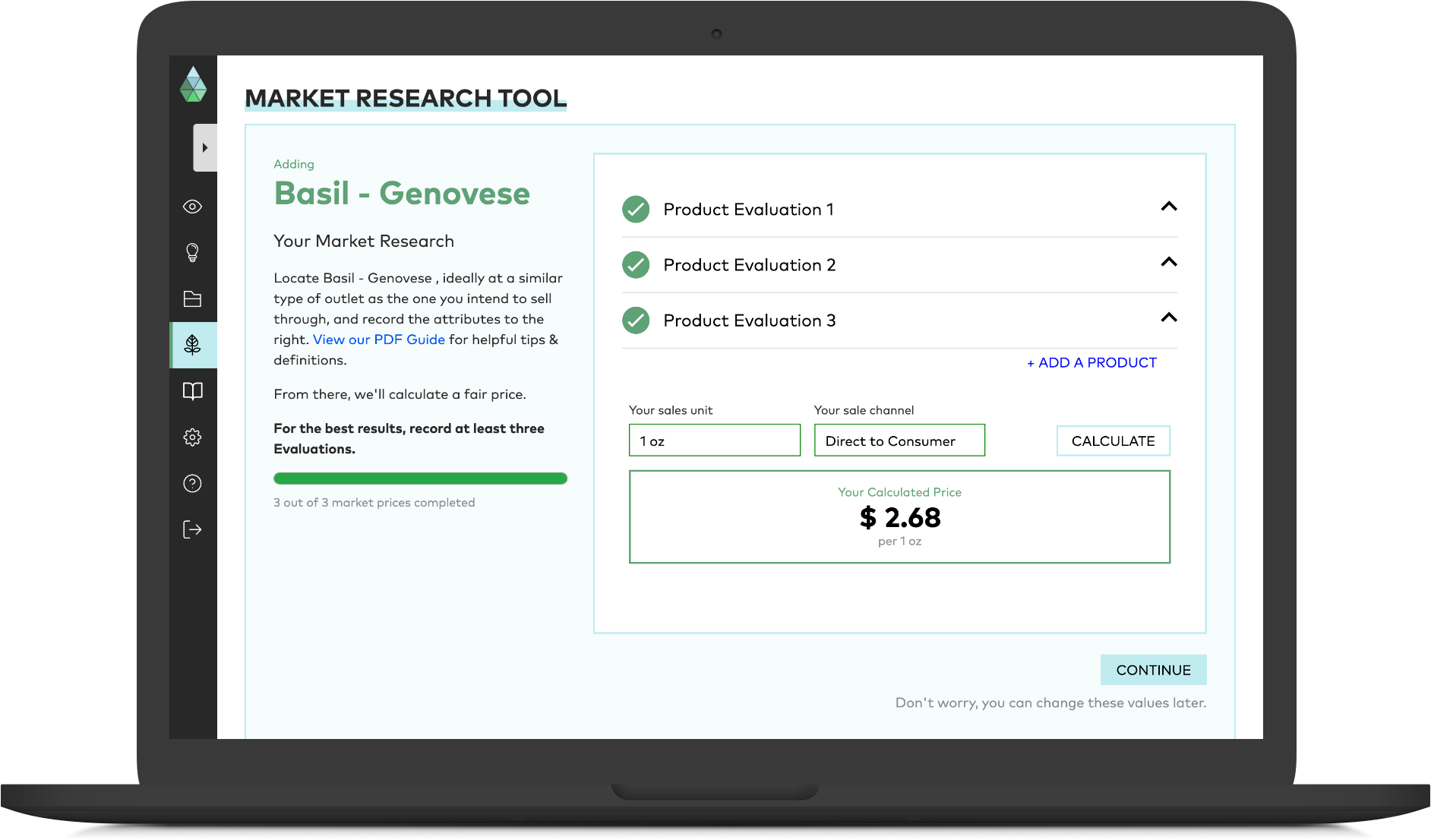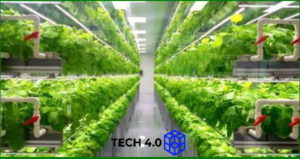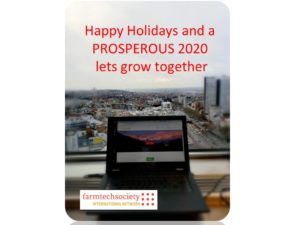Exciting news this week, as leading consultancy Agritecture launched their urban farm Designer software platform. We decided to have a chat with some of the Agritecture team, to find out a bit more about it.
FTS: HI and thanks for agreeing to explain this exciting development for our members and readers!
Agritecture (AGT): No problem!
FTS: For anyone who doesn’t yet know about Designer, can you give us a brief rundown of what it is and what it does?
AGT: Agritecture Designer is the world’s first digital platform for planning urban farms. What we’ve done is taken certain aspects of our custom farm planning methodology and moved them online in a simpler and more standardized format. So there’s 3 main steps:
#1: Create a Vision – This is a free feature where you’ll document clear goals for your project in a shareable and design-friendly format. You’ll also receive advice on a general project timeline and 3 related urban farms to draw inspiration from.
#2: Learn Our Key Insights & Best Practices – via our Commercial Urban Farming Course. This is a paid feature accessible through our Sprout or Starter Bundle plans. The course takes Agritecture’s years of working with farmers and business owners and breaks down our key insights into 6 main lessons, each one consisting of concise video modules of 5-10 minutes with additional links and activities. You’ll also get to participate in a bonus 1-hour webinar with our staff and other course grads.
#3: Explore & Customize Your Farm’s Financial Projections – via our Project Feasibility and Market Research Tools. This is a paid feature accessible through our Starter Bundle plan. With our project feasibility tool, you’ll be able to build financial projections for any controlled environment farm – incorporating local climate information from anywhere in the world – in just minutes. Coupled with our market research tool, you’ll get to perform data-driven crop research specific to your local market, then integrate these pricing calculations back into your financial projections.

FTS: So we’ve all seen the unbelievably enormous impact of Covid-19, and the effects that is having right across our societies, not least on food security and agriculture. But you had already been working on this for some time before all that. So what made you and your team feel that this was the right service at the right time
AGT: Demand for Agritecture’s content and services has diversified and scaled globally since the first blog post in 2010. For example, within the past 18 months, India has surpassed Canada and the UK as the 2nd largest traffic source to our blog. We’re also seeing an uptick in countries like Turkey, Malaysia, and the Philippines. With so many new urban agriculture enthusiasts who in all likelihood will have lower budgets emerging, Agritecture wanted to develop an affordable pathway for them to take their ideas and move them towards a feasible reality. Agritecture Designer does just that and is another way we are working day and night across the globe to achieve our mission to “Empower impact-driven organizations to develop feasible urban farming solutions, turning their business ideas into practical and sustainable realities.” With the COVID-19 crisis, we recognized an even more urgent need to launch our first software product in beta to encourage people everywhere to #stayhome and design an urban farm!
FTS: Agritecture have invested quite a lot of time and effort over the years into addressing questions of policy and governance around urban ag. Looking to the future, do you see this platform interacting with that and, if so, how do you think that will happen?
AGT: Right now the platform is more geared towards entrepreneurs, farmers, and business owners planning an urban/controlled environment farm. But our near-term vision for the platform is to create simple, data-driven digital tools that can benefit anyone interested in integrating sustainable agriculture into their building, neighborhood, or city. So this certainly applies to city officials – say a Director of Food Policy who wants to use real data to understand the amount of food that could be grown from different urban farming methods – but it probably won’t get into direct policy recommendations.
FTS: Do you think it would be feasible for this tool to become a blueprint to engage with planning on a large scale? and what are the implications for a new typology of buildings, created using a tool like this?
AGT: New building typologies being developed from our platform: probably not. Addressing urban agriculture’s fit with large-scale planning: absolutely, yes. Right now our Project Feasibility Tool allows users to assess the best controlled environment integration for a specific building or site. We plan to adapt this in such a way that planners could assess the impact of different farming operation types across an entire neighborhood, city, or region. For example, if a neighborhood had a dozen vacant warehouses and wanted to revitalize that area with positive economic activity, they might want to assess the general tradeoffs of attracting vertical farming (VF) companies to that area versus conventional manufacturing. What would the approximate total capital expense look like to repurpose those buildings for VF? How many jobs would all of those farms create? How many residents of the city could be fed? These are all data points we could generate now, we just need time to alter the user experience a bit for this audience.
FTS: For now, you’ve chosen to focus on Controlled Environment Agriculture in the form of greenhouses and vertical farming, because that’s where you have the most experience as an organisation. A number of people in the industry are now starting to think pretty hard about how urban ag and CEA fits into the bigger food system picture. Do you think this sort of platform can help with that, for example in terms of knowledge exchange?
AGT: Yes! One of the main goals behind Agritecture Designer is to lower the barrier to entry for anyone who is new to CEA. We really believe that our Commercial Urban Farming Course is the most valuable introduction to urban farming as a business that’s out there. And we know that because we’ve taught essentially the same material in-person dozens of times from our office in Brooklyn for 5x the price of our online course, and participants still found that immensely valuable!
FTS: Finally, how can people be part of this? What’s the best way for anyone reading this to get involved, bearing in mind the different time and financial resources available to different people?
AGT: There is zero barrier to begin with Agritecture Designer. Even if you’re not able to spend a dime yet, you can utilize our 1st step and lay out a concrete Vision for your future farm. Just head to design.agritecture.com to get started! And for anyone else who’s just interested in urban agriculture but maybe not yet ready to get into the financials of a specific project, our Commercial Urban Farming Course, at $99, is an excellent low-cost and high-value next step.
FTS: Thanks so much for taking the time to answer these questions, and to you and your team for putting this great project together!
AGT: Thank you to you and your team. It’s great to see FTS connecting us all for the greater impact we can make on the food system together. Keep up the great work!
——————
For Agritecture
We want you, our readers, to know more about who our members are and what they’re doing. So we put together the FTS finds out more series, to do just that!
——–







